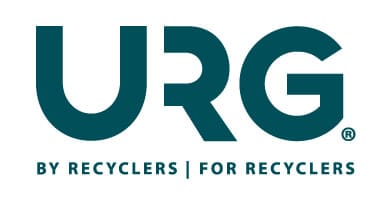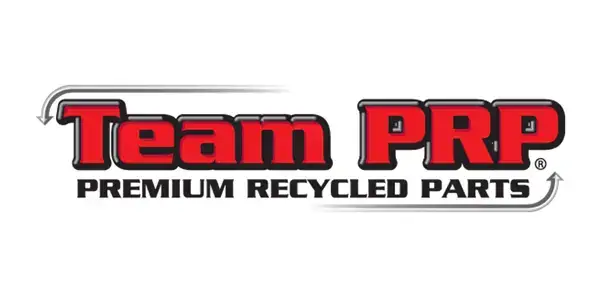A Beginner’s Guide to Buying Used Tires: Everything to Know

When purchasing tires, you have two choices, buy new or buy used. If saving money on tires is your goal, we suggest that you buy used.
Another benefit to buying used tires is that doing so puts fewer tires into dumping yards. Thus, buying used tires puts less waste into the environment.
When you go to buy used tires, just make sure that the tires that you get are safe to use. To ensure that the used tires that you buy for your vehicle are safe to use, we are providing you with a checklist of things that you need to look out for when purchasing used tires.
Get ready to inspect your used tires thoroughly!
First Thing to Check When Buying Used Tires: Tread Depth of Tires
Tread depth is the depth of the grooves within car tires. In the United States, a tire is safe if it is 2/32nd of an inch or above in tread depth.
To see if the used tires that you are considering buying meets this standard, place a penny with the side with Lincoln’s head on it facing you inside a groove of each of the used car tires that you plan on buying. If you can see all of Lincoln’s head still when the penny is placed in a tire’s groove, the tire does not have a deep enough tread depth and is thus, not safe enough to use. You can also purchase a tool known as a tire’s tread gauge to measure whether or not a tire’s tread depth is at least 2/32nd of an inch deep.
Exposed Cords
Tire cords are the materials used as reinforcement for car tires. Today, tire cords are made of steel, nylon, rayon, and polyester. When you can see the cords of a tire exposed, it means that the tire is worn out.
Age of Tires
You should not buy tires that are more than six years old. To help you figure out what the age of a used tire is, you can check the inside of the tire.
If the inside of the tire looks worn out or has visible damage, the tire is probably more than six years old. If the sides or surface of a used tire feels as if the rubber is drying out, the tire is also probably too old.
You can even tell that a used tire is too old by whether or not there are small cracks by the flex points of the tire or in between the tread blocks of the tire. If you do find small cracks around the flex points or tread blocks of a used tire, do not bother buying it.
If you want to make sure that the used tire that you buy is not older than six, check the tire’s identification number. You can find a used tire’s identification number next to the letters DOT on the edge of the outer face of the tire, otherwise known as the tire’s sidewall.
If you happen to see a set of numbers after the letters DOT or TIN on the tire’s sidewall, the first two numbers that you see after the letters represent the plant that the tire was manufactured in. The following four numbers represent the date that the tire was manufactured on. For example, if you see the code TIN250818, this means that the tire was manufactured in plant 25 in the eighth week of 2018.
If for some reason the identification number of a used tire that you plan on buying is non-visible or covered up by paint, ask the reseller for the tire’s identification number.
Liner and Beads Damage
To spot liner damage on a used tire, look for stripes of wear and tear on the tire’s sidewall. A used tire with liner damage on it will have a stripe of material on the tire’s sidewall that is soft, with rubber dust on it.
The two thick rings of rubber where the tire on a car meets the wheel are the tire’s bead area. If large portions of rubber are missing from the bead of a used tire, the tire will not run well.
Punctures, Patches, and Defects
Make sure to look at the inside and outside of any used tire you plan on buying to make sure that there are no punctures on it. You should also check to see if there are puncture repairs on your used tire.
If there are already puncture repairs on a used tire at the point of purchase, it is not safe to use. Other patches and defects that you should beware of include, seeing bubbles in the sidewall of your used tires, seeing patches on your used tires, and seeing any dings or holes on your used tires.
Steel Belt Separation
Bumps, waves, or any other irregularities on the sidewall of a used tire can cause the rubber on the tire to delaminate from its steel belts. You can feel the delaminating change on a used tire by feeling the tire’s sidewall and tread surface.
UTQG Rating
UTQG stands for Uniform Tire Quality Grade Standards. The lower the UTQG rating number of a tire, the softer the tire is. As a result of the tire being softer, the used tire is also quicker to wear out when the UTQG rating is low.
Basically, any tire with a UTQG rating that is below 200 will wear out easily. A used tire with a UTQG rating of 200 to 400 is a very healthy tire rating.
A used tire with a rating of 450 to 600 is very durable and lasts a long time. Although a 450 – 600 UTQG rated tire is very durable and long-lasting, it is too high to perform well.
Brand and Price of Tires
When buying used tires, make sure to do your research. This includes finding out the original retail price for your tires and comparing it with the same type of used tires of another tire brand.
You should also research the brand and retail price of your prospective used tires to make sure that you are truly buying what you think you are buying. You should even research the history of repairs on your used tires to make sure that you are not being scammed.
If All Else Fails, Buy New
No matter what, when buying used tires, you are taking a gamble on the quality of tires that you end up purchasing. To minimize this gamble, it is vital that you do your research and pick used tires that are safe. The need to buy safe used tires is so vital that the states of Florida and Texas have banned the selling of unsafe used tires.
If you have done everything you can to inspect your prospective used tires and make sure that they are safe, but still have doubts, just go ahead and get new tires.
To learn more about used cars, check out our other blog articles.



